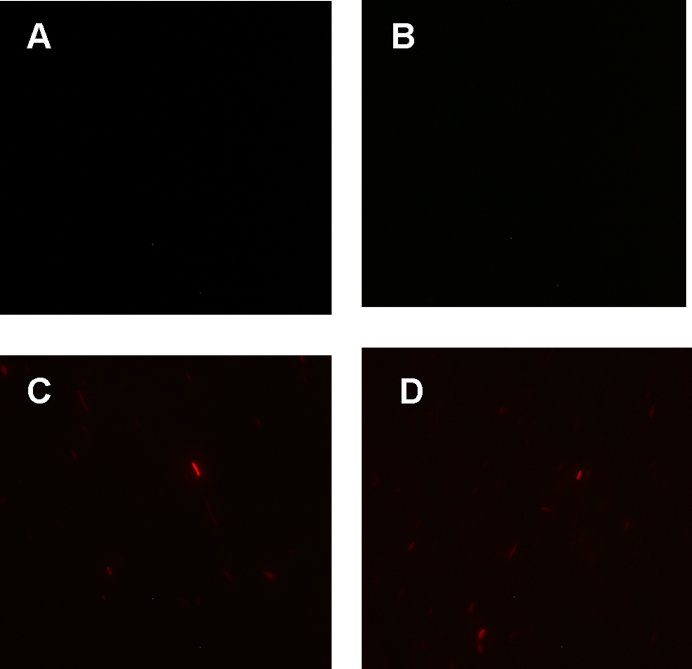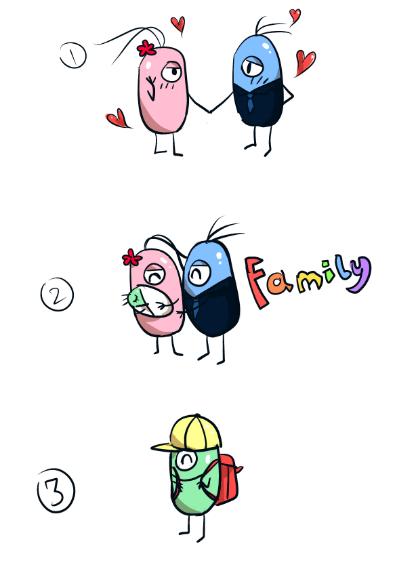Team:SCU China
From 2013.igem.org
(Difference between revisions)
Zhangbingbio (Talk | contribs) |
Zhangbingbio (Talk | contribs) |
||
| Line 45: | Line 45: | ||
*Then,after several cell divisions,one G cell will differentiate into a G<sup>+</sup> or G<sup>-</sup>,which, like zygote , can grow into next generation of the multicellular system maybe containing genes from both male and female gametes. | *Then,after several cell divisions,one G cell will differentiate into a G<sup>+</sup> or G<sup>-</sup>,which, like zygote , can grow into next generation of the multicellular system maybe containing genes from both male and female gametes. | ||
| | | | ||
| - | {|style="width: 350px; background:none;height:300px" border="0" cellspacing=" | + | {|style="width: 350px; background:none;height:300px" border="0" cellspacing="20" align="center" |
|- | |- | ||
|[[Image:SCU-r4.png|300px]] | |[[Image:SCU-r4.png|300px]] | ||
Latest revision as of 15:52, 13 October 2013

 "
"


